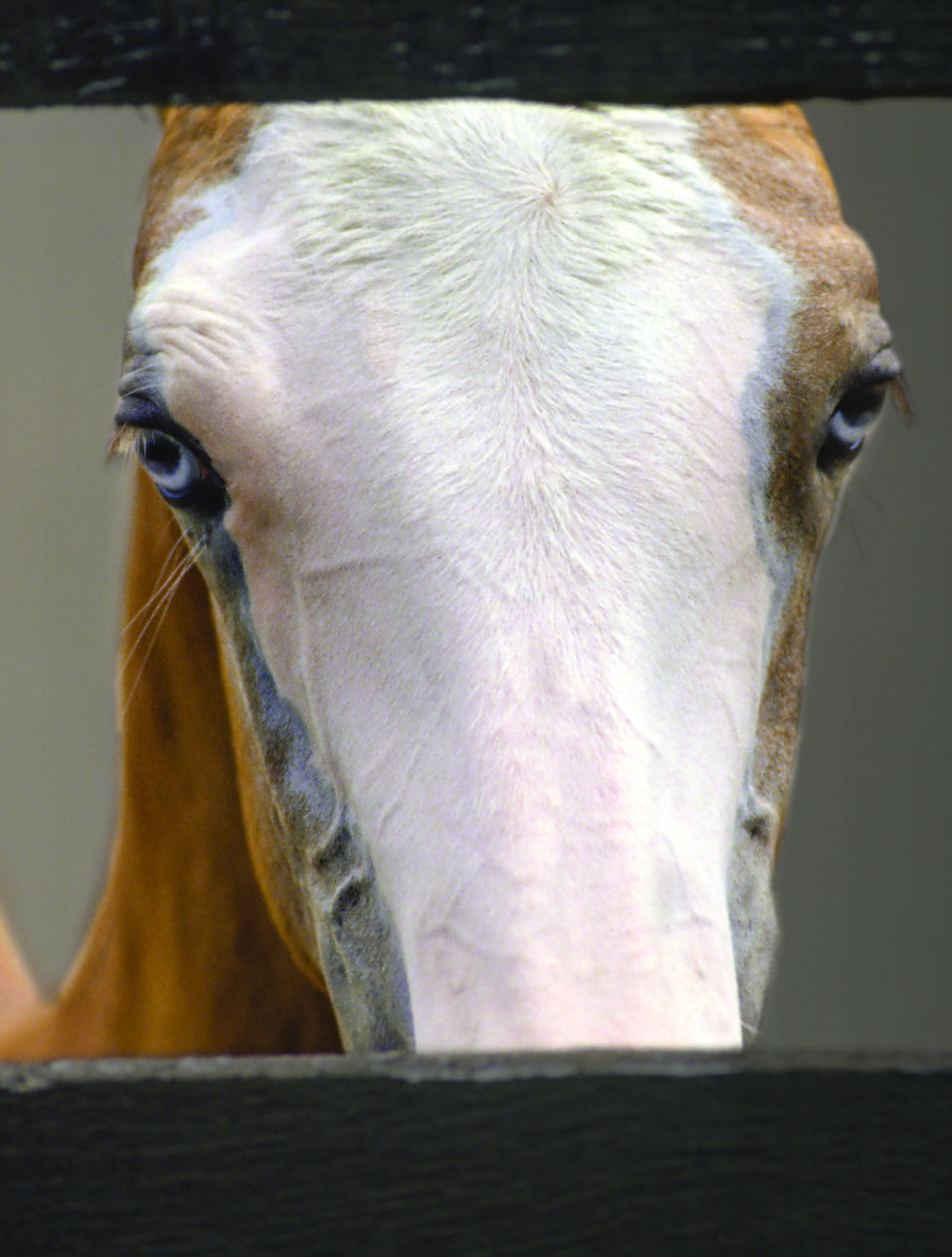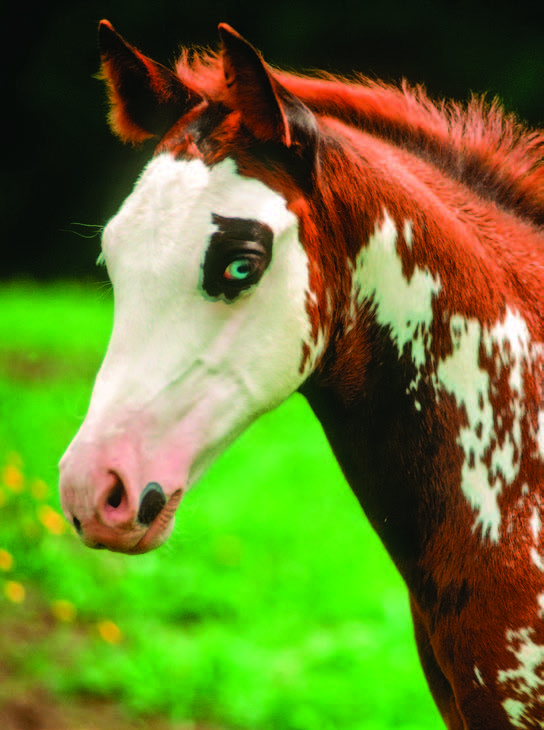Different methods of weaning can result in markedly different levels of stress for your foal. The abrupt, cold-turkey approach of the past is probably most stressful for mare and foal alike. Pasture weaning, where dams are removed one at a time from a group of three or more nursing mares and foals, is one low-stress method. Here, we’ll explore two methods that work with just one foal and can get the job done with minimal mental anguish—for you as well as your mare and foal.

JohnPitcher/istockphoto.com
Gradual Weaning
With this approach, you remove the mare for short amounts of time that gradually increase over a period of two weeks or more. The first separation may last just 15 minutes or so. Eventually you remove the mare completely out of earshot for increasingly longer periods of time, until neither foal nor mare objects to the separation.
An advantage of this method is it enables the mare’s milk supply to decrease more naturally over time, thus avoiding the discomfort of an overly full udder.
You’ll need a helper to monitor the foal in a safe stall or other enclosure whenever the mare is removed, especially in the beginning.
Proximity Weaning
This method places the mare and foal on opposite sides of a safe divider, where they can see, hear, and touch one another, but the foal can’t nurse. One example would be adjoining pens, with foal-safe fencing dividing them.
Proximity weaning involves less management than gradual weaning does, plus doesn’t require an out-of-earshot location for your mare when she’s separated from her foal.
Bottom Line
The method you choose to wean your foal will depend on your individual circumstances. For more information on methods, see “Weaning Options” at HorseandRider.com. For other safeguards at weaning time, see “Stress-Free Weaning Tips.”

When to Wean?
In the wild, foals remain with their dams for a year or more, pushed away only when the mares are preparing to give birth to the next season’s foals. Though breeders today may wean their foals as early as 4 months of age, the most recent thinking is that waiting until the foal is at least 6 months old may offer advantages to the foal’s long-term health and wellbeing. In particular, research has shown that early-weaned foals are at greater risk of developing, later in their lives, stereotypic behaviors such as cribbing or wind-sucking, weaving, and stall-walking.






